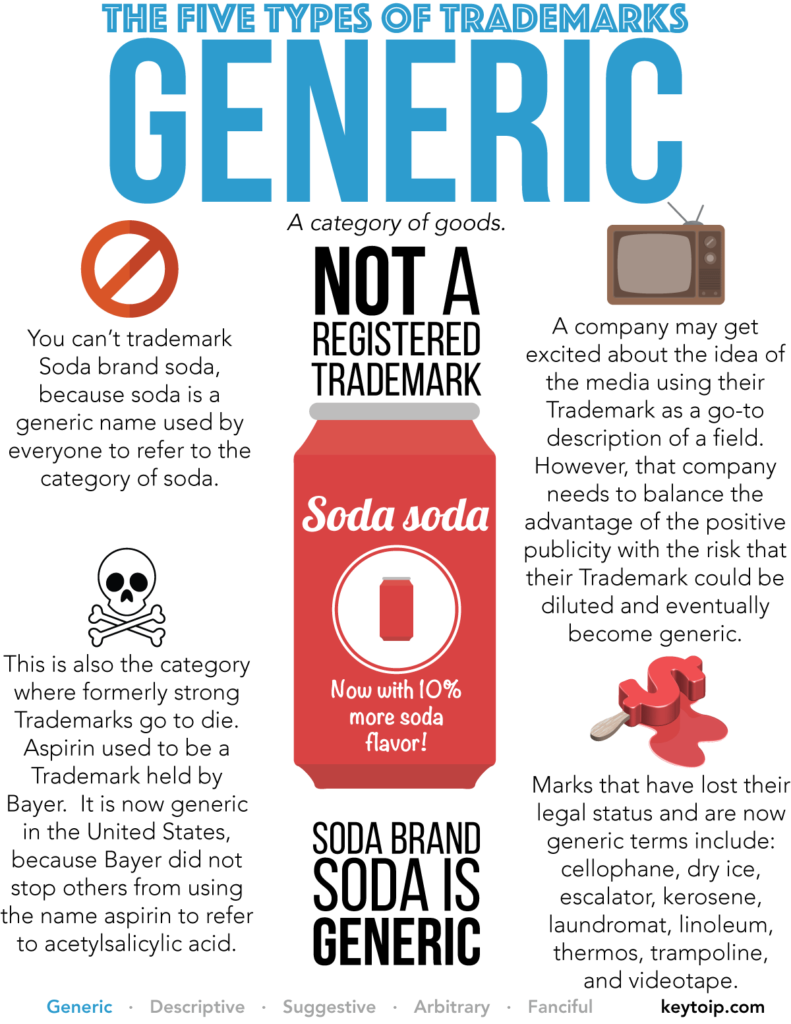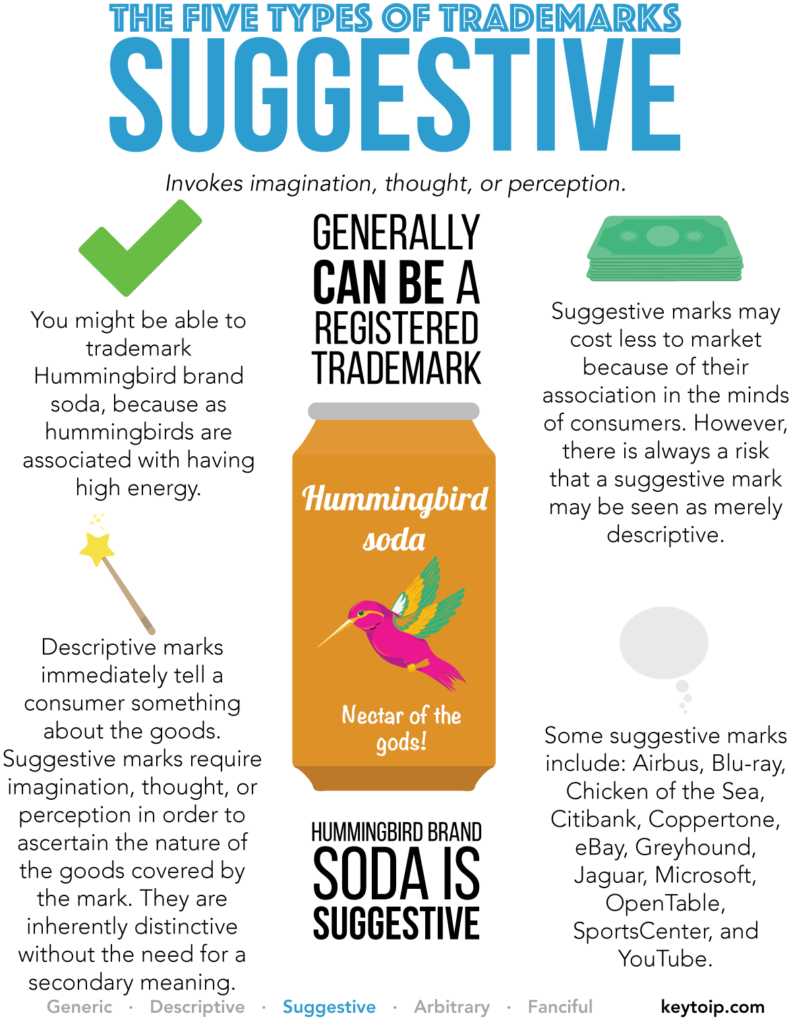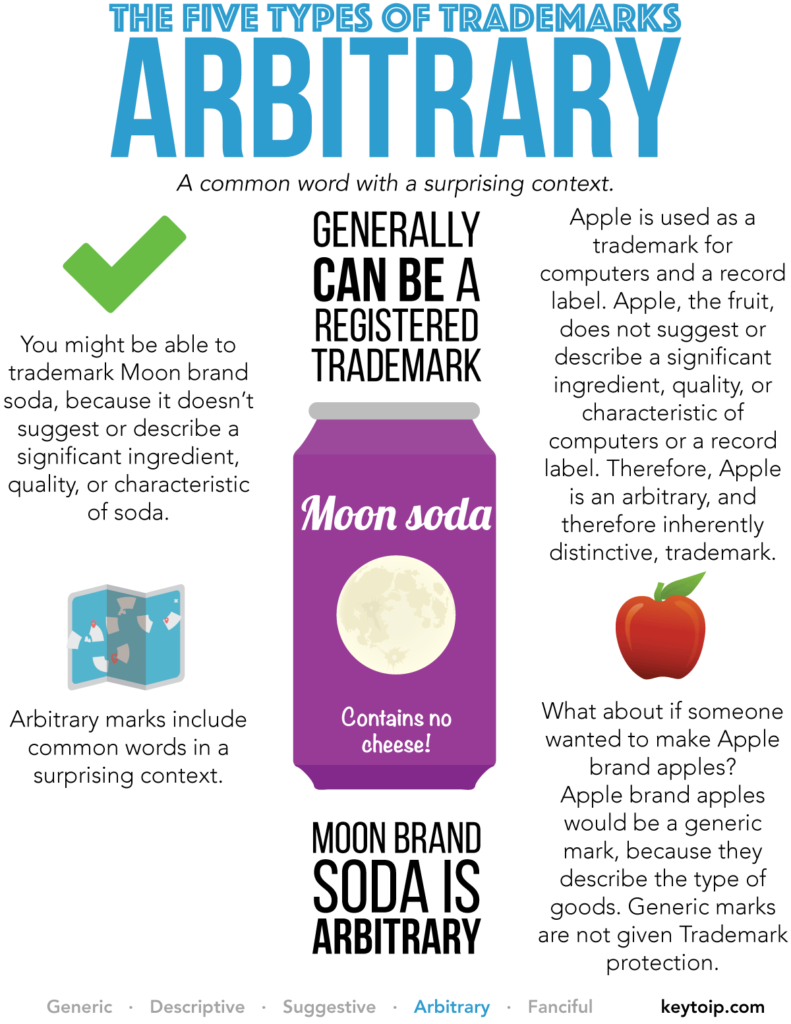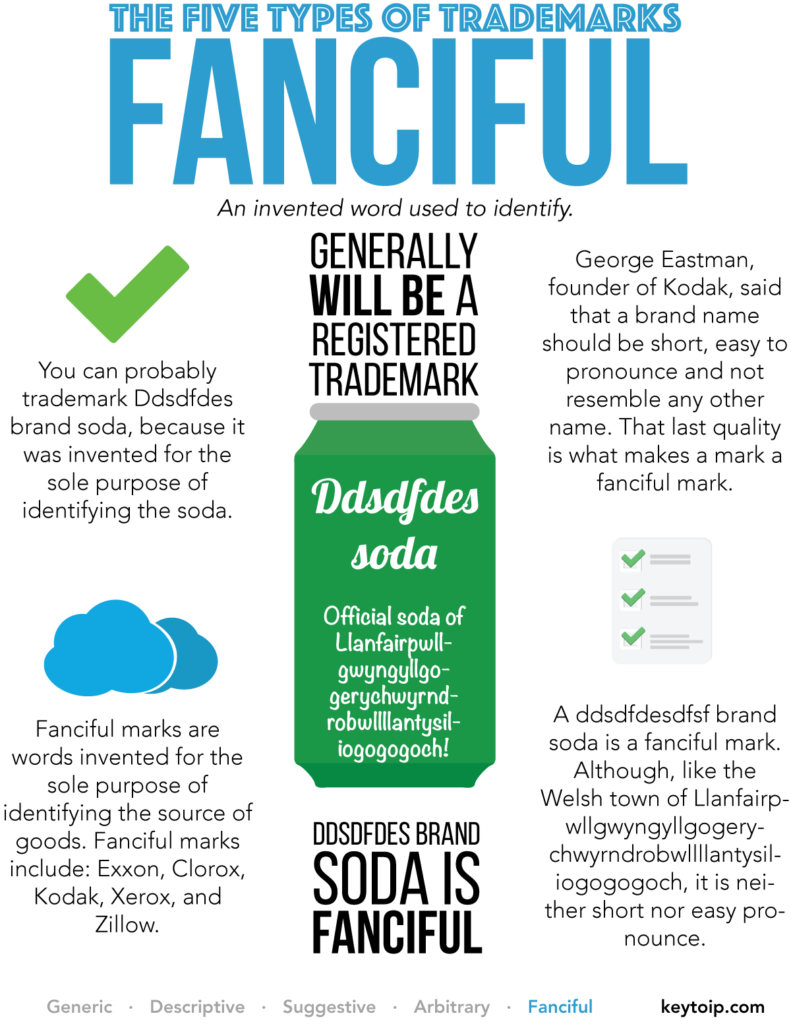
Trademarks
Learn about trademarks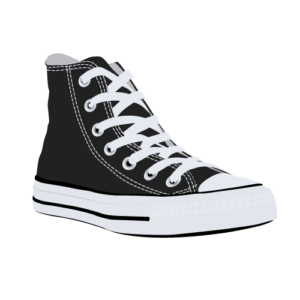
You can think of Trademarks as adjectives. Think of the space in front of a noun. How would you describe sneakers?
________ Sneakers
They could be light sneakers.
Light Sneakers
They could be colorful sneakers.
Colorful Sneakers
Or, they could be Nike sneakers.
Nike Sneakers
Nike is a Trademark. It is used to distinguish the type of sneakers being sold. Just as you would use an adjective to describe a quality of an item, you can use a Trademark to describe the source of that item.
A Trademark gives you the right to keep others from using your adjective. Other companies can make light and colorful sneakers, but only Nike can make Nike sneakers.
This protection also applies to confusingly similar marks. So, not only does the Nike trademark keep others from making Nike sneakers, it keeps them from making Niike sneakers.
Nike
Niike
Specifically, a trademark is a word, name, symbol, or device that is used to indicate the source of goods or services and distinguish them from the goods or services of others.
Trademarks v. Servicemarks

Technically, Trademarks are for goods, while Servicemarks are for services. However, the term Trademark is generally used to refer to both Trademarks and Servicemarks. The term mark is short for both.

Word v. Stylized

Trademarks can be word marks or stylized marks. Word marks are merely text.
Word marks = text
Stylized marks have some type of decoration, or may just include the font used with text.
Stylized marks = text
For example, I could trademark the text “KEY TO IP” as a word mark and the logo  as a stylized mark.
as a stylized mark.
Finding Your Ideal Trademark
Clearing Your Mark
Once you find your ideal mark, you need to make sure no one else is already using it. You want to avoid a “likelihood of confusion” with other trademarks.
A trademark search can be used to ensure that your mark doesn’t cause a likelihood of confusion.
How do we determine likelihood of confusion?
- Similar marks
- Related goods and services
So, two identical, or similar trademarks can co-exist as long as the goods and services are not related, such as Apple music company and Apple computers.
Apple computer
Apple record label
Searching Your Mark
Here are several places to do a preliminary search for your mark:
Trademark Electronic Search System (TESS)
Checking the Owners
As you go through your search, you may find other products, companies, or slogans that look similar to your proposed mark.
One consideration should be how similar these are to your proposed mark.
Another, more important consideration, should be who owns those similar marks. If a similar mark is owned by a Fortune 500 company, there is a much higher likelihood that these companies actively search for infringing marks.
Remember that if a Trademark isn’t enforced, there is a risk that it may become generic. In larger, more established companies, this may result in a longer legal battle, and extra expenses.
Trademark Categories
Trademarks must be distinctive to be registered: consumers must be able to associate the trademark with goods or services from a particular source. Trademarks are divided into five classes as a way of judging whether the mark is distinctive.
- 01
Generic
A category of goods. Not a registered trademark.
- 02
Descriptive
An ingredient, quality, characteristic, function, feature, purpose, or use. Generally not a registered trademark.
- 03
Suggestive
Invokes imagination, thought, or perception. Generally can be a registered trademark.
- 04
Arbitrary
A common word with a surprising context. Generally can be a registered trademark.
- 05
Fanciful
An invented word used to identify. Generally will be a registered trademark.



